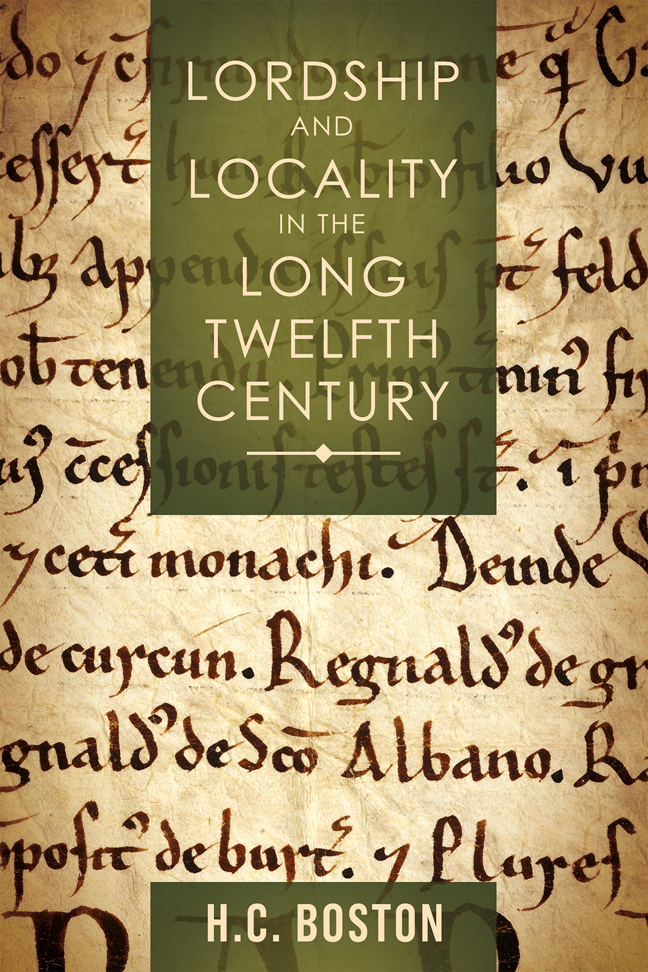Book contents
- Frontmatter
- Dedication
- Contents
- List of Illustrations
- Acknowledgements
- List of Abbreviations
- Introduction
- 1 Multiple lordship: a quantitative analysis
- 2 Multiple lordship and the honour
- 3 Multiple lordship and religious patronage
- 4 Multiple lordship and urban centres
- 5 The abbey of Burton-upon-Trent: a case study
- Conclusion
- Bibliography
- Index
1 - Multiple lordship: a quantitative analysis
Published online by Cambridge University Press: 21 February 2024
- Frontmatter
- Dedication
- Contents
- List of Illustrations
- Acknowledgements
- List of Abbreviations
- Introduction
- 1 Multiple lordship: a quantitative analysis
- 2 Multiple lordship and the honour
- 3 Multiple lordship and religious patronage
- 4 Multiple lordship and urban centres
- 5 The abbey of Burton-upon-Trent: a case study
- Conclusion
- Bibliography
- Index
Summary
As Discussed In the Introduction, multiple lordship has been generally sidelined, or treated as an anomaly in the wider pattern of lordship. It is the aim of this book to demonstrate that multiple lordship was common, regarded as normal, and constituted part of the web of connections of lordship, kinship and geography in local society. This chapter establishes a quantitative baseline from which to discuss the practice. The aim of this study is to establish a reliable estimate of how many of the minor lords were holding land of more than one landlord by c.1216, in order to show how prevalent multiple lordship was during the ‘long twelfth century’; by when these instances of multiple lordship appeared; and what patterns could be seen in its appearance. There has been no previous attempt to establish numbers or proportions of subtenants who held of more than one lord during this period but, as discussed above, the general assumption seems to be that it was uncommon compared to those individuals who held solely from a single lord.
As with the rest of the book, the study takes in the counties of Leicestershire, Derbyshire and Staffordshire, between the Domesday survey in 1086 and the end of King John's reign in 1216. This 150-year period is when feudalism in England was supposedly at its strongest, and feudal lords had the greatest strength over their men. Study of this period in detail, however, shows that, even by 1086, multiple lordship was a common practice.
In order to take as accurate a view as possible, all available evidence has been examined: court and Exchequer records including the early Curia Regis, patent, fine, and pipe rolls and private land charters, the latter of which have several thousand extant for the region. These include original single-sheet charters, copies in monastic and secular cartularies, and editions produced by the antiquarians William Dugdale and John Nichols and others. In total, 194 families from these three counties have sufficient documentary evidence to be included in the survey. Of these, 33% were clear multiple tenants, 18% possible multiple tenants, and 27% single tenants. This section below details how this total number of families was reached, and the breakdown into these categories is explained below.
- Type
- Chapter
- Information
- Lordship and Locality in the Long Twelfth Century , pp. 47 - 60Publisher: Boydell & BrewerPrint publication year: 2024

